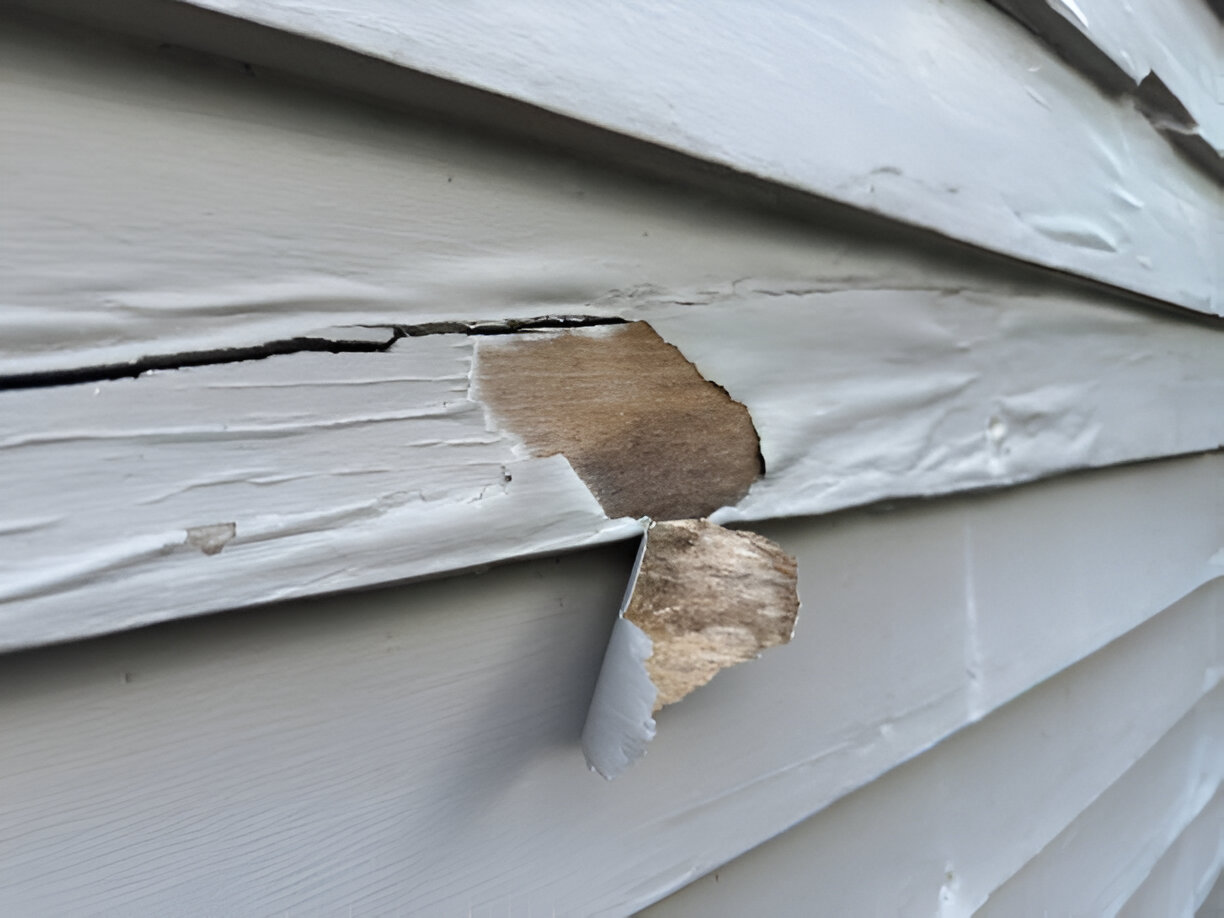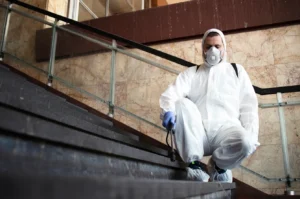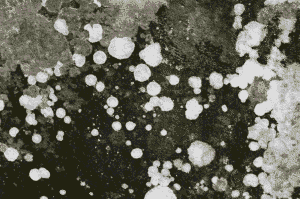Lead exposure is a serious concern, especially in older homes where lead-based paint, dust, and plumbing systems may still be present. While these hazards aren’t always visible, they can pose significant health risks, particularly for children and pregnant women. This is why a lead inspection in NYC is crucial for identifying hidden dangers before they cause harm. Professional lead inspectors use specialized techniques to detect and assess lead hazards.
In this blog, we’ll discuss different techniques lead inspectors use to detect hidden lead hazards in homes.
Visual Inspection for Lead-Based Paint
A visual inspection is the first step in identifying potential lead hazards. Inspectors examine painted surfaces for signs of deterioration, such as chipping, peeling, or cracking paint. These issues are common in older homes, particularly around doors, windows, trim, and stair railings—areas where friction can generate lead dust.
Beyond paint, inspectors also assess potential sources of lead contamination, including old furniture, soil near the foundation, and interior dust buildup. While a visual check cannot confirm lead presence, it helps inspectors determine high-risk areas that need further testing.
X-Ray Fluorescence (XRF) Testing
XRF testing is one of the most effective methods for detecting lead in painted surfaces. This tool emits low-level radiation that interacts with the surface, measuring lead levels without causing any damage. Inspectors can quickly scan multiple surfaces, making this method ideal for thorough home assessments.
The accuracy of XRF testing allows inspectors to detect lead even when it’s hidden under layers of newer paint. This is particularly useful in older buildings where lead-based paint may have been covered rather than removed. Results are available instantly, helping homeowners understand their exposure risks on the spot.
Dust Wipe Sampling
Lead dust is a major source of contamination, often accumulating on floors, window sills, and other surfaces. To assess this risk, inspectors collect dust samples using specialized wipes. These samples are then sent to a laboratory to determine lead concentration levels.
Even if lead-based paint appears intact, dust can still form due to natural wear and tear, especially in areas with frequent movement. Regular testing of dust levels is crucial in homes with young children, as they are more likely to ingest dust through hand-to-mouth contact.
Soil and Water Testing
Soil contamination is another concern, particularly in older urban areas where lead-based paint chips may have mixed with the soil over time. Inspectors collect soil samples from yards, gardens, and play areas to test for hazardous lead levels. If contamination is found, covering exposed soil with fresh topsoil or mulch can help reduce risks.
Water testing is equally important, especially in homes with lead plumbing or soldered pipes. Inspectors collect water samples from different fixtures and send them to a lab for analysis. If lead is present, homeowners may need to install certified water filters or consider pipe replacement.
Risk Assessment and Report Generation
Once the inspection is complete, inspectors compile a detailed report outlining their findings. This report includes lead concentration levels, identified hazards, and recommended steps for mitigation. The goal is to provide homeowners with clear, actionable information to reduce exposure risks.
Depending on the severity of contamination, recommendations may include lead-safe cleaning practices, encapsulation of affected surfaces, or full abatement procedures. Understanding these risks allows homeowners to take proactive steps in creating a safer living environment.
Also Read: How to Prepare for a Lead Inspection: Tips for Homeowners
Need Help With Lead Inspection in NYC?
If you’re concerned about hidden lead hazards in your home, a professional inspection can give you peace of mind. NYC Lead & Mold specializes in lead inspection in NYC, using advanced detection methods to assess risks accurately. Our experts provide detailed reports and tailored solutions to help you make informed decisions.
Protect your home from lead exposure—contact us today to schedule an inspection!






